Tyrosine Kinase
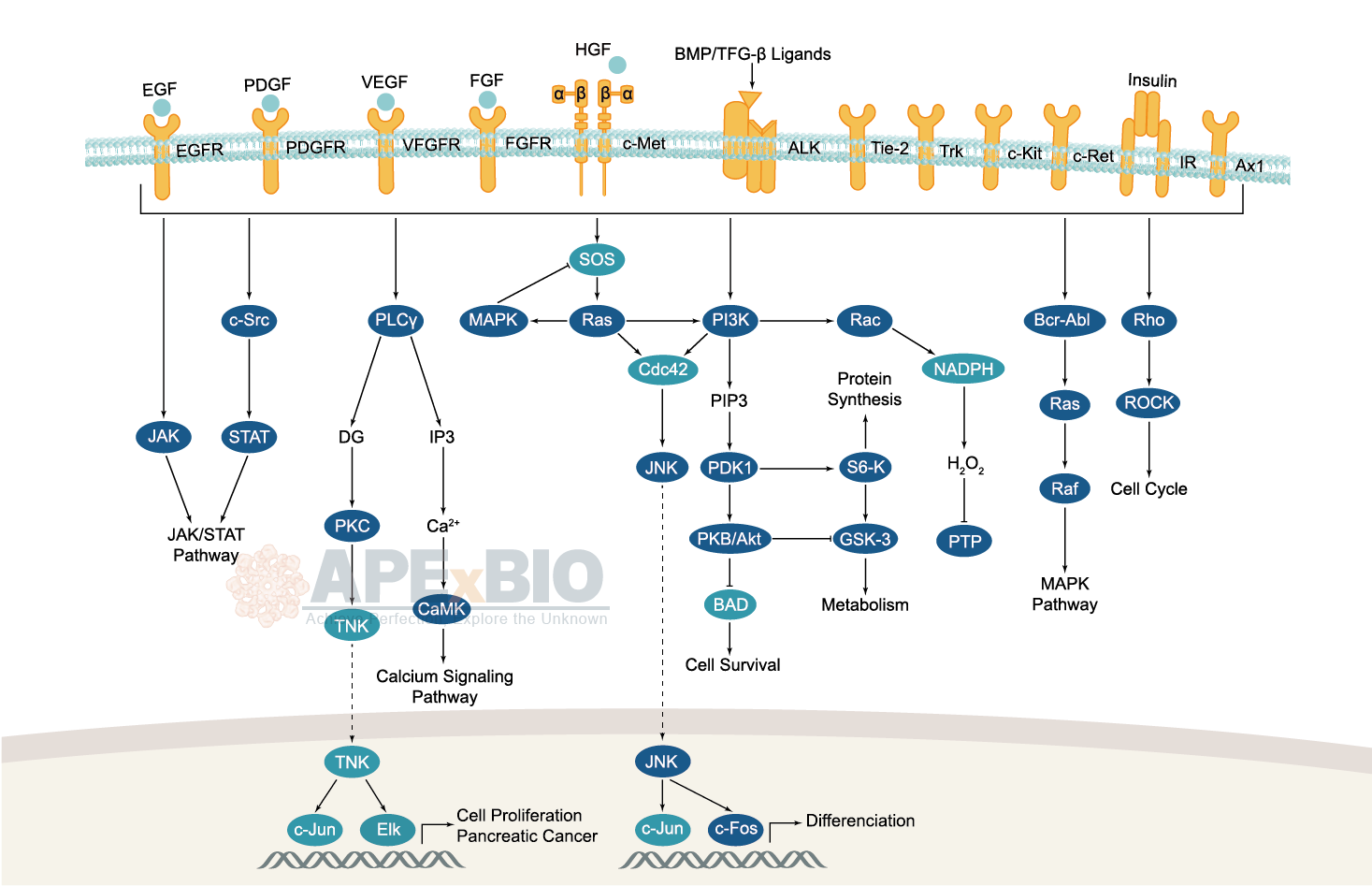
Receptor tyrosine kinases bind to extracellular ligands/growth factors, which promotes receptor dimerization and autophosphorylation of receptor tyrosine residues. This triggers a cascade of downstream events through phosphorylation of intracellular proteins that ultimately transduce the extracellular signal to the nucleus, causing changes in gene expression. Receptor tyrosine kinases include EGFR/ErbB, PDGFR, VEGFR, FGFR and MET subfamilies etc. Dysfunctions in tyrosine phosphorylation are linked to oncogenic transformation. In additions, various adaptor and effector proteins couple to carboxy-terminal of an active kinase. For instance, binding of the GRB2 adaptor protein activates EGFR and MAPK/ERK signaling.
Non-receptor tyrosine kinases involve many well-defined proteins (e.g. the Src family kinases, c-Abl, and Jak kinases) and other kinases which regulates cell growth and differentiation. For example, Src family kinases are curial for activating and inhibitory pathways in the innate immune response.
-
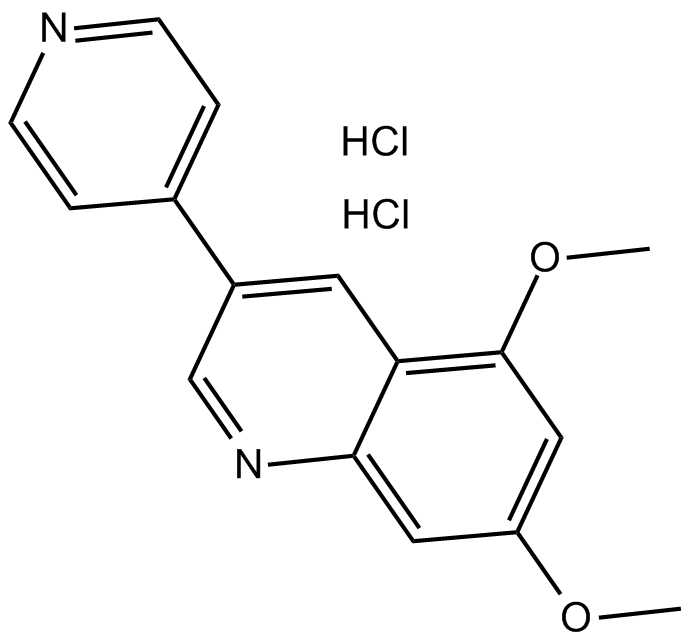 B6642 DMPQ dihydrochlorideSummary: PDGFRβ inhibitor
B6642 DMPQ dihydrochlorideSummary: PDGFRβ inhibitor -
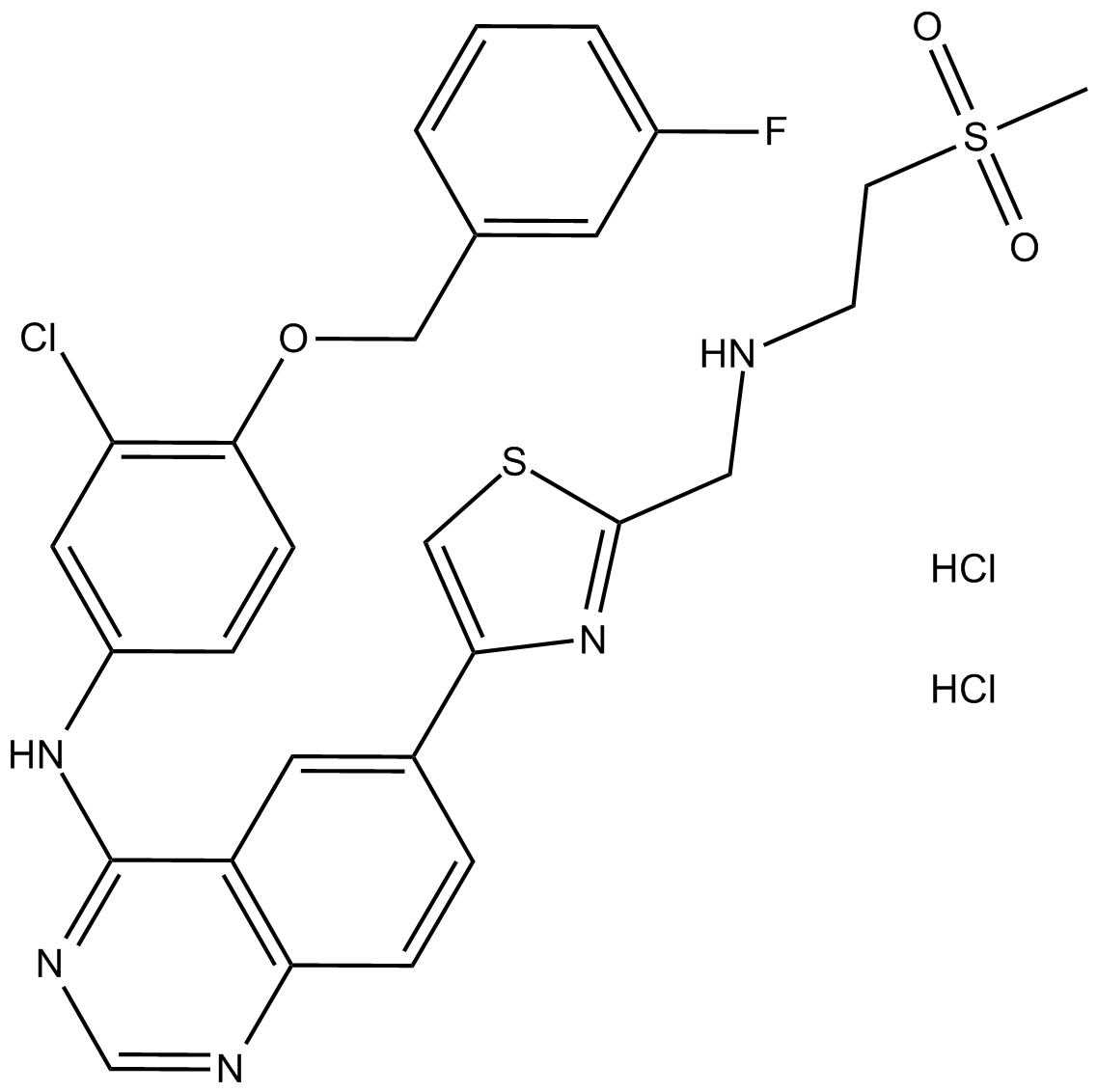 B6989 GW 583340 dihydrochlorideSummary: dual EGFR/ErbB2 tyrosine kinase inhibitor
B6989 GW 583340 dihydrochlorideSummary: dual EGFR/ErbB2 tyrosine kinase inhibitor -
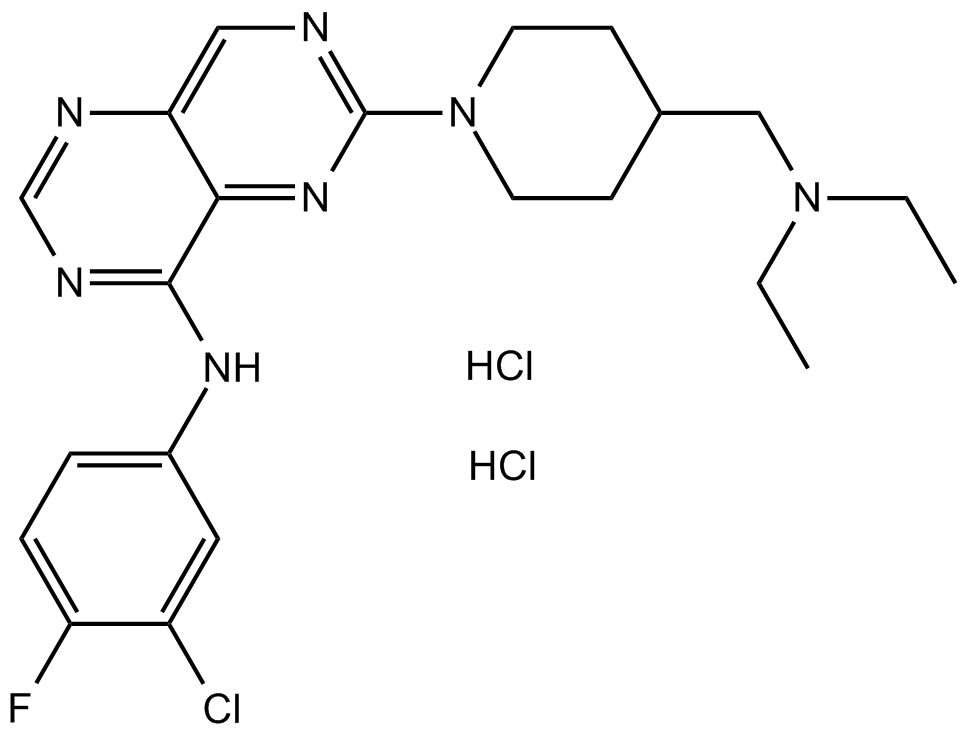 B7048 BIBU 1361 dihydrochlorideSummary: EGFR inhibitor
B7048 BIBU 1361 dihydrochlorideSummary: EGFR inhibitor -
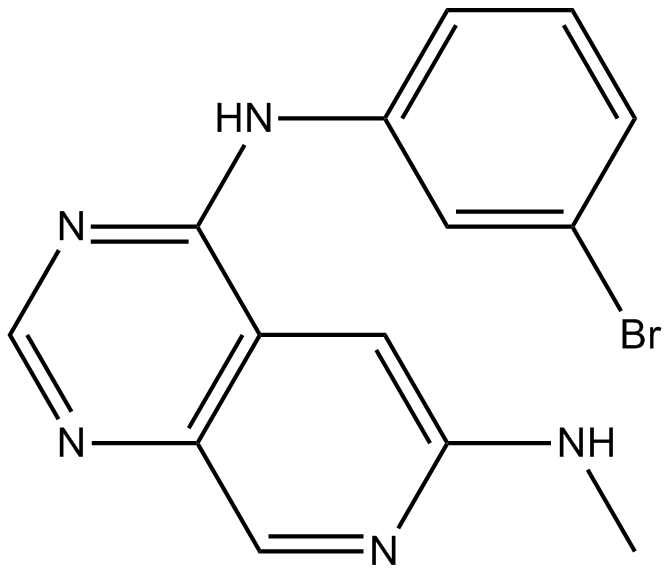 B7130 PD 158780Summary: ErbB receptor family tyrosine kinase inhibitor
B7130 PD 158780Summary: ErbB receptor family tyrosine kinase inhibitor -
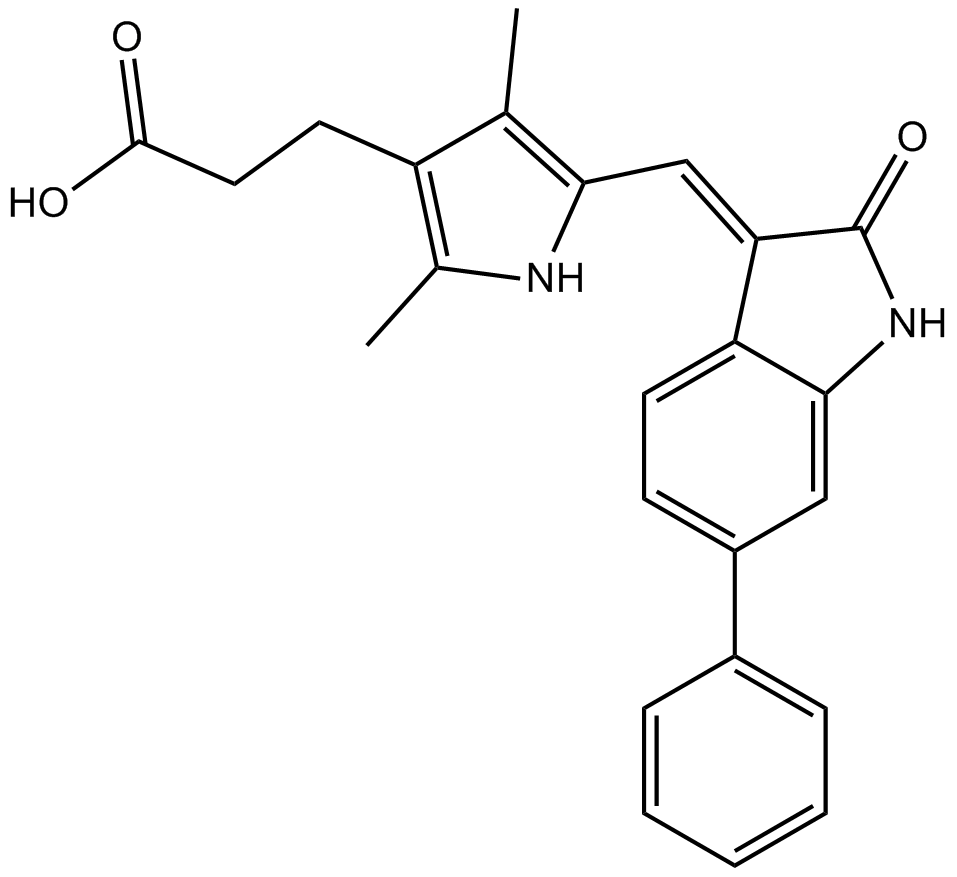 B7354 SU 16fTarget: PDGFRSummary: PDGFRβ inhibitor
B7354 SU 16fTarget: PDGFRSummary: PDGFRβ inhibitor -
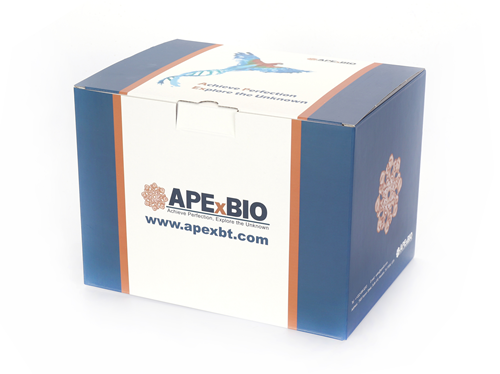 B7379 JNJ 28871063 hydrochlorideSummary: ErbB receptor family inhibitor
B7379 JNJ 28871063 hydrochlorideSummary: ErbB receptor family inhibitor -
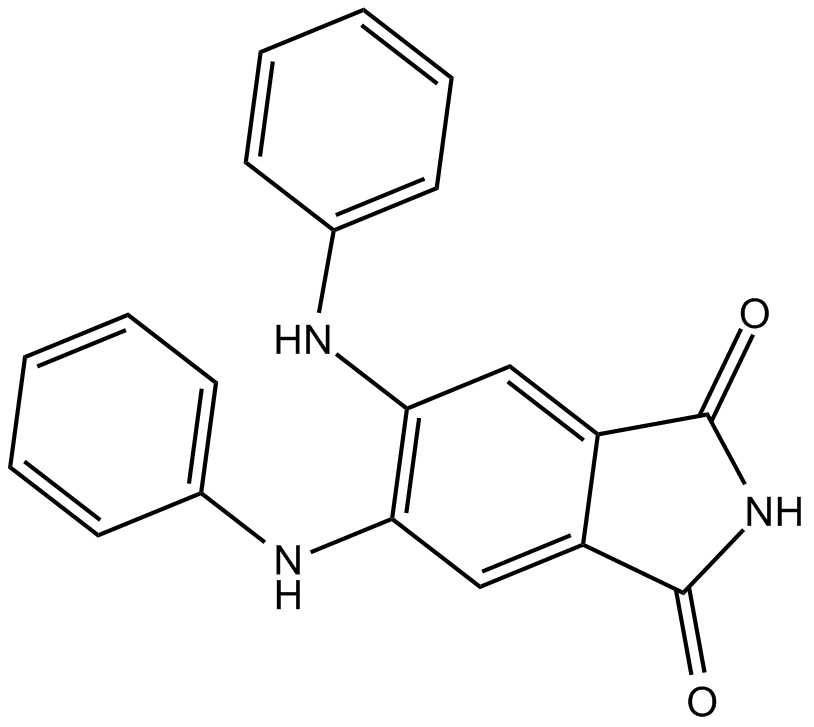 B7384 CGP 52411Summary: EGFR inhibitor
B7384 CGP 52411Summary: EGFR inhibitor -
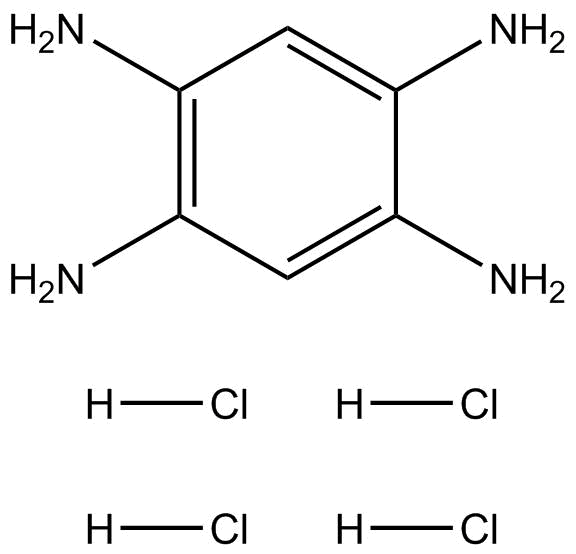 B7400 FAK Inhibitor 14Summary: focal adhesion kinase (FAK) inhibitor
B7400 FAK Inhibitor 14Summary: focal adhesion kinase (FAK) inhibitor -
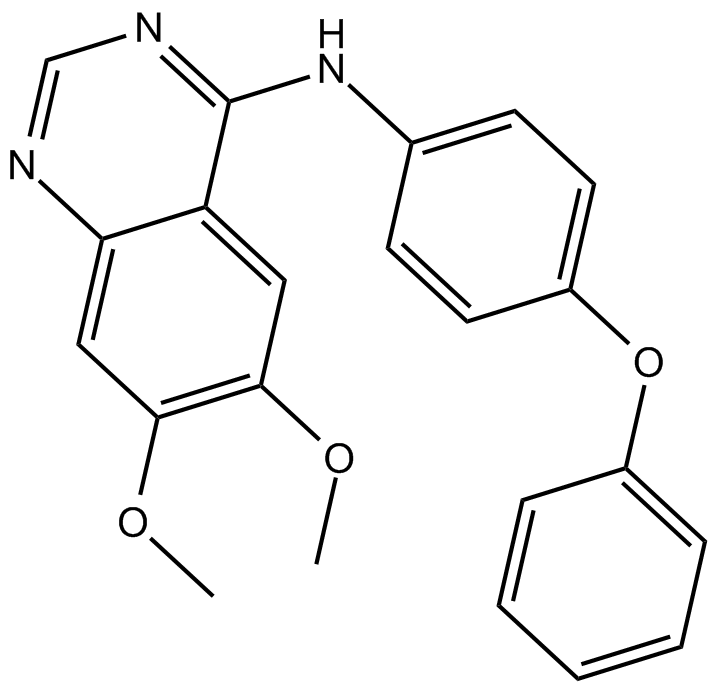 B7452 Src I1Summary: competitive dual site (ATP- and peptide-binding) Src kinase inhibitor
B7452 Src I1Summary: competitive dual site (ATP- and peptide-binding) Src kinase inhibitor -
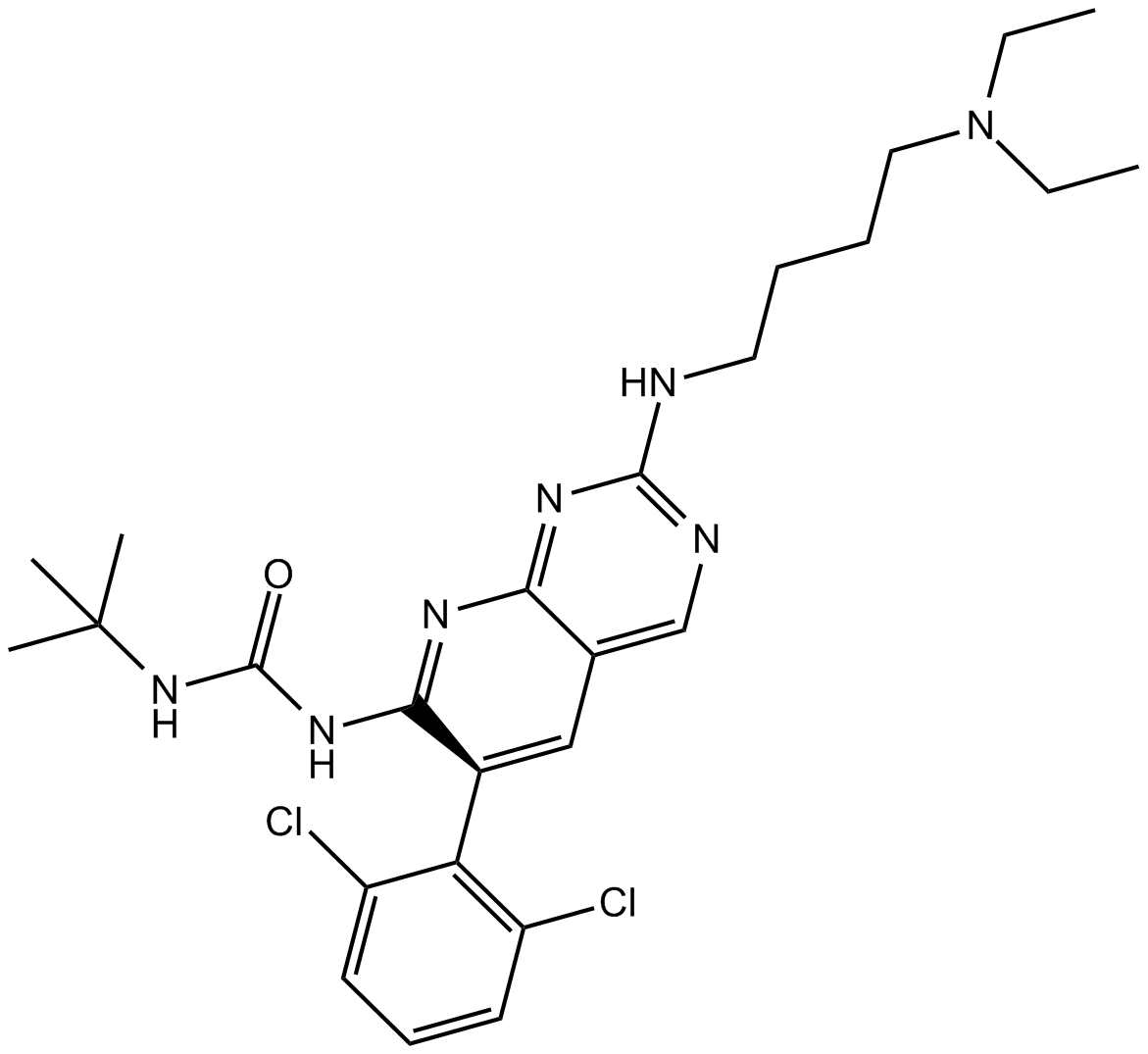 B7486 PD 161570Summary: FGFR inhibitor
B7486 PD 161570Summary: FGFR inhibitor

